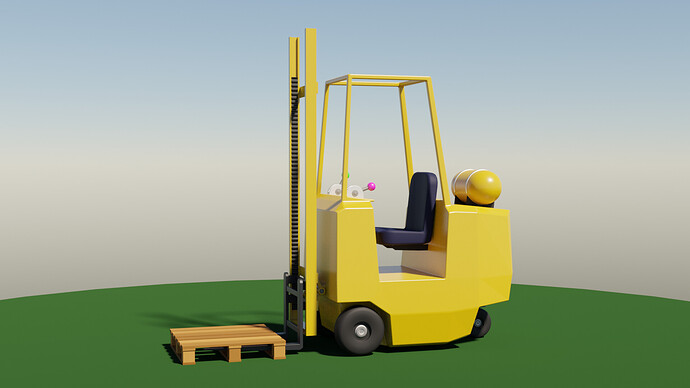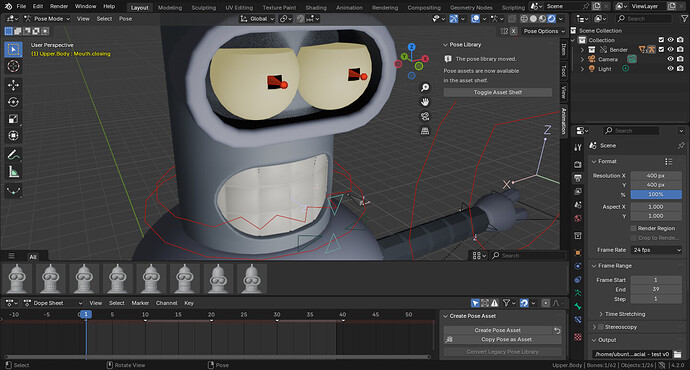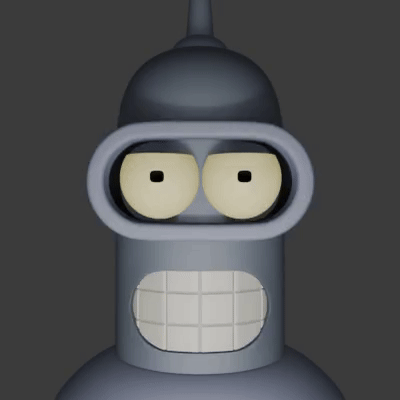You can rig and you can rig correctly
Blender is very versatile. Many solutions for many different problems. But the problem is: what is the most efficient solution. And what do you want to achieve? If you don’t know the latter well, you will continue to make adjustments.
Even now with this Blender Bender, I don’t think I’ve created my most flexible rig. It works basically what I want. I learned a lot in this process. I have now reached the level where I dare to make major corrections.
It’s the same story as modeling. In the beginning you are happy if it works a little. But you don’t have to do anything else about it otherwise you will get into trouble.
The same with rigging. You just have to do it and experience it.
- My biggest learning moment is not to base it on empties (it is possible and easy). Use 1 armature, because then you can easily manage bone connections.
- Also, depending on the type of poses, don’t be afraid to change the models mesh. I re-did the arms and legs. The where 6 elements, but now joined into one mesh, for better curing of the arms and legs.
- My biggest (and still not completely understanding) irritation, is the misalignment, or rotation of mesh, when dropping/working with the bones. Something to do with “offset”, but who’s remembers which part has offset or not …
My next step is to create poses for the library (shelf).





